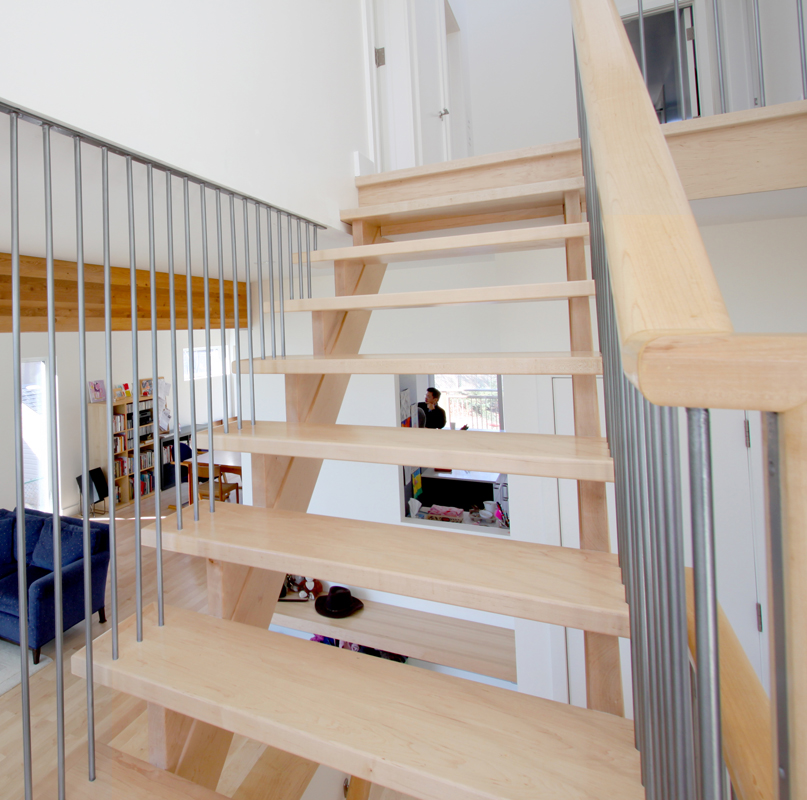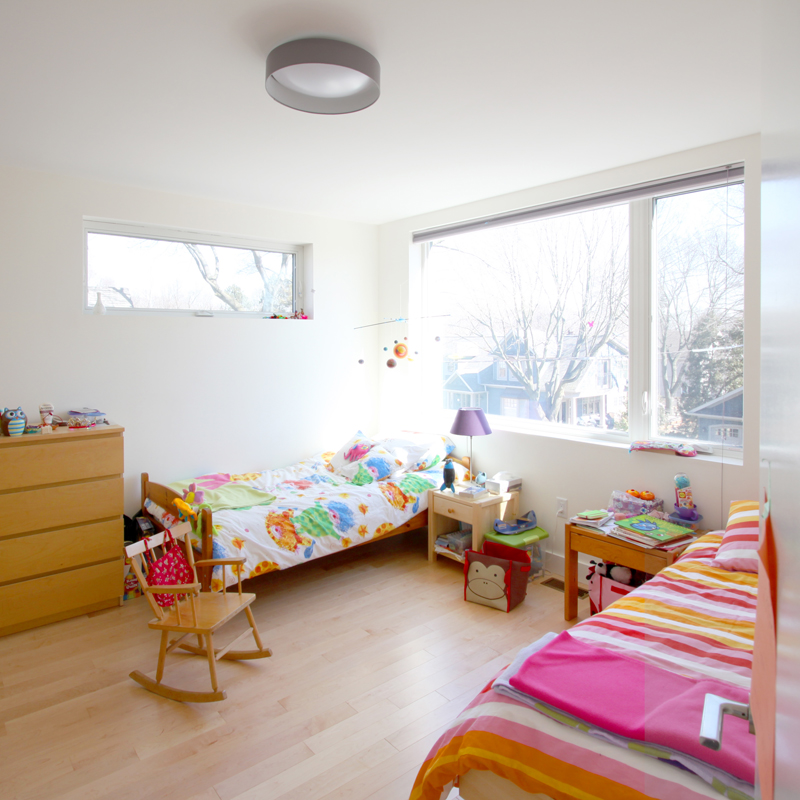Reframing “Sustainable” Payback: Cost or Comfort?
A common element in Sustainable Design is projected payback period. Payback is in this sense defined as cost savings in dollars that the sustainable measure will have over the long term, i.e by using less electrcity or natural gas.
Here is an example of a typical pay-off calculation:
If the typical home is 1500 sqft at an average cost of $250/sqft this works out to $412,500. According to Statscan, in 2007 households spent on average $1,147 on electricity and $610 on natural gas equaling $1,757 a year. Assuming you live somewhere for 20 years and there is no change in the price of utilties, that is a cost of $35,140 for gas and electricty.
A building designed to passive House Standard can expect to save 80-90% of the operating costs of a typical building, and costs roughly the same (some sources say 10% more). For a Passive House let’s assume the overall cost of construction is 10% more: that is $453,750. With an 80% reduction in utilities usag that works out to $351/year, over 20 years that is $7028.
Therefore overall the cost to build and heat a “standard” Canadian home for 20 years is $447,640 while for a Passive Home it is $460,778… the home owner is still “negative” $13,000.
The pay-offperiod for that extra 10% cost turns out to be closer to 30 years.
I’d like to offer a different perspective on “payback”.
Have you ever noticed that your feet are cold in your home? Or that you cannot sit near the windows or doors in the winter because it is too chilly? How the basement floor is usually cold to the touch? How the air can become stuffy, or too dry in certain rooms?
I’d like to suggest that the payback on building a Passive House is immediate because when you are in a comfortable, well designed and balanced space it can improve your families quality of life right-away. Every day this investment pay’s itself off. Being comfortable in your own home can have incalculable “trickledown” benefits on every facet of your families life, improving mood, energy levels, and long-term health.
One example of this immediate benefit is a family whome we design a sustainable home for in Toronto last year. In their old home their children would not go into the basement because of the darkness and discomfort: they were in many ways afraid. In their new house which features a well insulated design and lots of natural lights, their children use the basement constantly.
The pay-off on sustainable improvements and features in you home can have immediate payback by improving your families quality of life. Through careful design and detailing it is also possible to work within each homeowners budget to achieve a result that works and is comfortable.
Another benefit to invesmting in sustainable solutions is resiliency: if the power fails in the winter, as happened in Toronto a few years ago, then a well insulated home can retain the heat longer and prevent pipes from bursting due to freezing.


